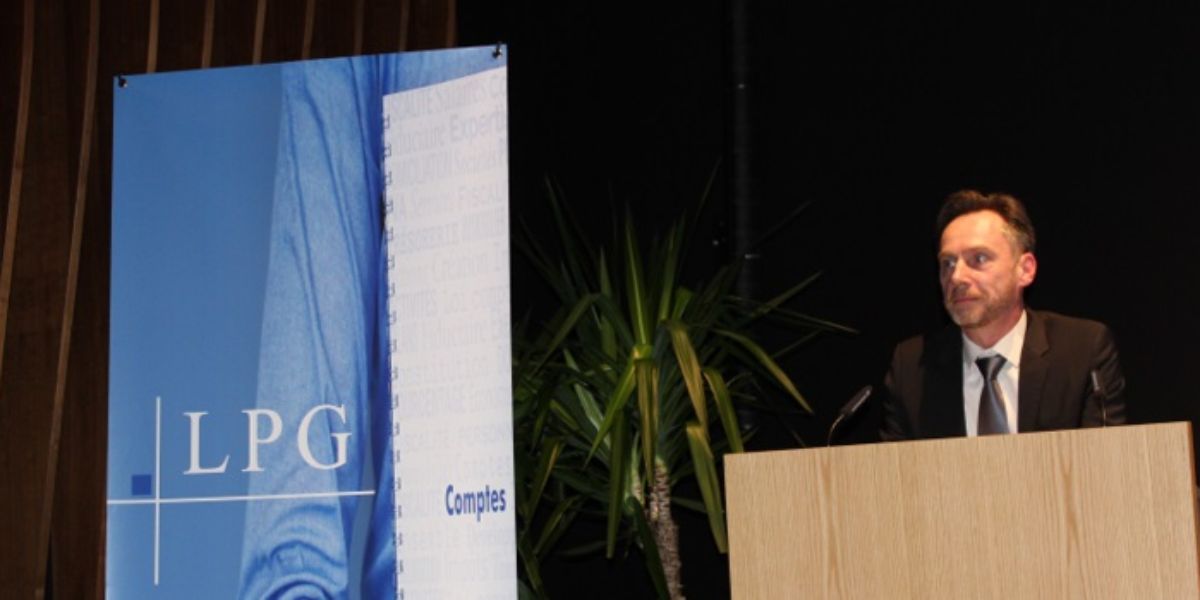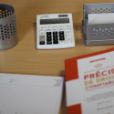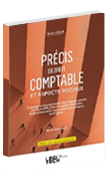The first of January 2018 marked the implementation of a major tax reform1 which significantly changes the accounting and tax organisation of the liberal professions. Previously, a circular from the Director of the Direct Tax Administration allowed all liberal professions to determine their taxable profit using simplified accounting. From now on, professionals whose income exceeds €100,000 must implement a more elaborate system known as "double-entry accounting". Only practitioners with a professional income of less than €100,000 per year will be able to continue using the simplified system.
WHICH PROFESSIONS ARE CONCERNED?
No exhaustive definition of “liberal professions” is set out in the tax law2. It does provide a list of examples from which a rule can be deduced: the "set of intellectual professions exercised in an independent capacity" which can be:
- The legal professions (lawyer, notary, etc.);
- The medical professions (doctor, physiotherapist, etc.) with the exception of pharmacists, who are classified as traders;
- The liberal professions with business permits (surveyor, architect, chartered accountant, etc.);
- The liberal professions outside of the business permit (statistician, political scientist, psychoanalyst, etc.).
SIMPLIFIED ACCOUNTING
Simplified accounting simply consists of adding the revenues received and subtracting the expenses paid to deduct the profit to be taxed. In practice, partly simplified accounting means that:
- All cash inflows are revenues (except loans);
- All cash outflows are expenses (except for investments and loan repayments);
- There is only one adjustment to be made: depreciation.
The main condition to be able to benefit from this scheme is to have less than €100,000 in revenue, but also:
- The invested assets must not exceed 1.5 times the income;
- Assets must not vary significantly from one year to another;
- The professional must not be in a position to sell or cease their activity, in which case they must obligatorily use the double-entry accounting system.
DOUBLE-ENTRY ACCOUNTING
All practitioners who do not meet the conditions of the simplified regime are subject to the double-entry accounting regime.
Double-entry accounting is an accounting organisation method where each entry in one account has a symmetrical counterpart in another account. Thus, for example, an entry corresponding to the use of a sum of money (a bank payment) will have a corresponding entry (the reduction of a supplier's debt, for example).
In this way, any amount entered in the accounts will be transcribed twice: once as a debit to one account, and a second time as a credit to another account, making it possible in practice to keep track of all the operations of economic activity. Events are recorded at the time they occur and not at the time of payment. This system is the one used by companies and traders. Its advantage, for the administration, is that it allows better identification and monitoring of the flow of activity during an audit.
EXCEPTIONS TO THE IMPLEMENTATION OF DOUBLE-ENTRY ACCOUNTING
For professionals who exceptionally exceed the €100,000 ceiling, it is possible to make an exception to the changeover to double-entry accounting if the exceeding of the ceiling is neither lasting nor significant4. This exception additionally requires the agreement of the tax office.
UNDERSTANDING THE TRANSITION FROM SIMPLIFIED TO NORMAL PROFIT
As soon as the professional exceeds the €100,000 ceiling, it is compulsory to implement double-entry accounting. This change may have serious consequences for the taxpayers concerned, since in some cases it may significantly increase their tax burden. Indeed, in addition to the taxation of revenue received, the taxation of services invoiced and not yet paid is also included. However, if the increase in taxes resulting from the change in tax method is significant, the additional tax charge can be spread over a maximum of 4 years.
CASE OF A RETURN TO THE IMPLEMENTATION OF SINGLE-ENTRY ACCOUNTING
For a professional who falls permanently below €100,000, it is possible to return to the simplified system after approval from the tax office, who will establish that the person has fallen permanently below the ceiling.
1Art 161 AO (Loi Générale des Impôts [General Tax Act]) amended by the Act of 23 December 2016 implementing the tax reform.
2 Art 91 LIR
3 Source: Grand Ducal Regulation of 3 December 1969 instituting a simplified method for determining profits
4 Circular L.G-A no. 63 of 15 September 2017


.jpg/jcr:content/La%20cat%C3%A9gorisation%20des%20entreprises%20(BELVAL).jpg)




